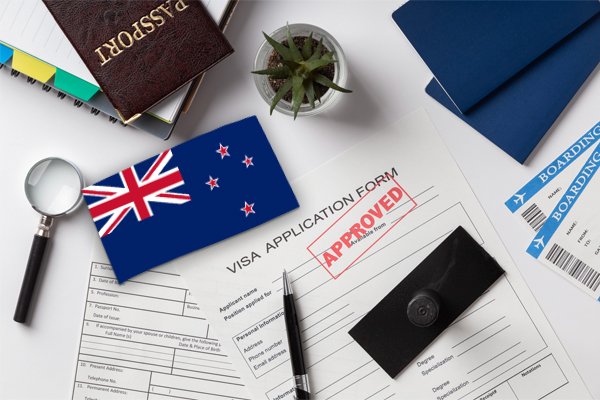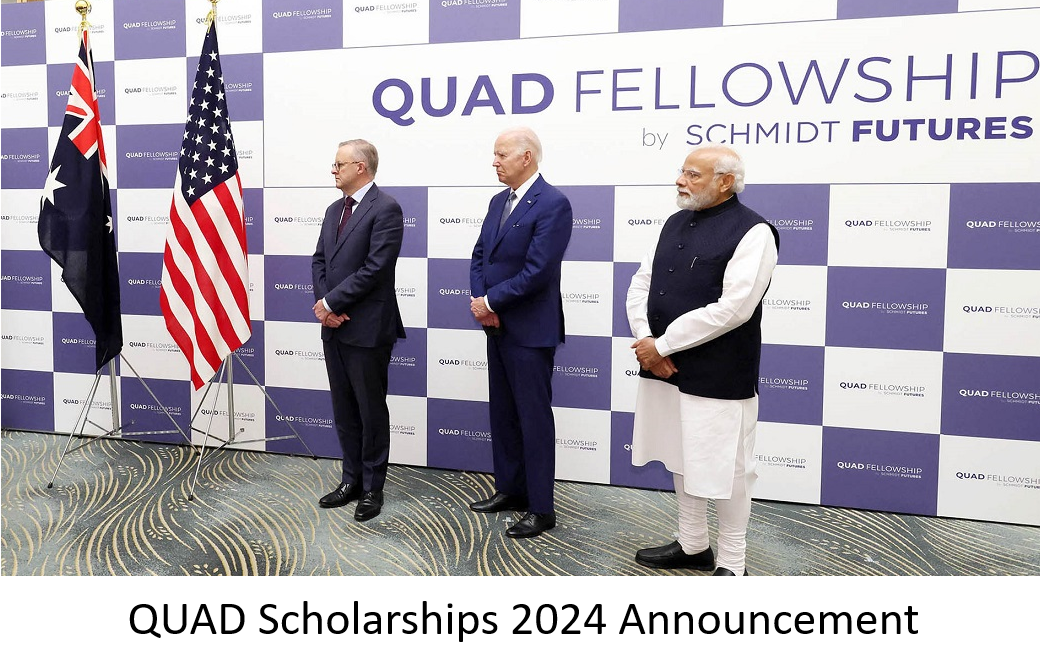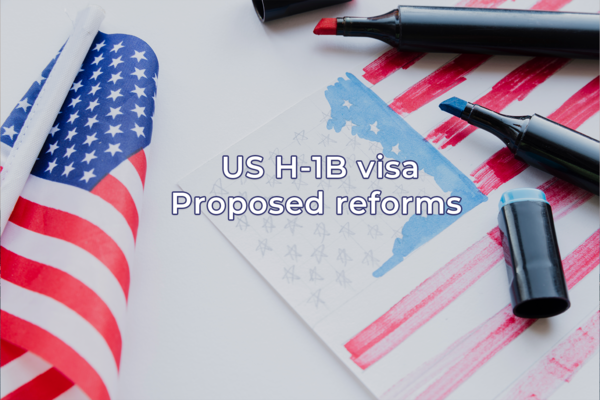Table of Contents
The pilot project!
The Biden administration has successfully concluded a pilot program aimed at introducing “paperless visas.” This will potentially be eliminating the need for traditional visa stamps on passport pages. This is a significant turning point due to its attempts to modernize and expedite the visa application and issuance process. The first phase of the project was conducted in Dublin, for a diplomatic post. This novel strategy will be adopted in other avenues in the future.
The administration intends to progressively roll out the paperless visa project in diplomatic posts and consulates globally. Although the pilot program’s success in Dublin represents a promising beginning. The introduction of the new visa processing system can be done carefully and methodically on account to this staged approach, which guarantees a seamless transition.
Julie Stufft, Deputy Assistant Secretary of State for Visa Services affirms that the visa process remains unchanged, with the only significant change being the absence of physical paper in the passport.

Why paperless visas?
This programme is anticipated to yield significant benefits. This would include the simplification of the renewal procedure without the need for physical documentation. The trial programme, which began in Dublin, will progressively broaden to encompass additional visa categories and many global locations. Although the transition to paperless visas is a gradual process, it is a proactive measure to improve the expediency and ease of the visa application and renewal procedure.
Results as of 2023!
With the pilot project, visitors can and are already effectively completing visa procedures, especially for immigrant visas. Julie Stufft, did clarify, though, that it will take roughly around 18 months for paperless visas to become routine. The objective is to create an application or a solution that enables people to display their visa status without having a paper copy of their passport.
Where does India stand on paperless visas?
Stufft explained that while India’s e-visas are different, the U.S. process follows the identical stages for applying for a visa right up until the point where a real paper application is required. The application procedure is still the same, and an interview is still mandated by law.






